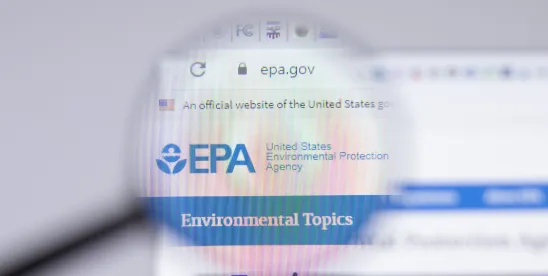The U.S. Environmental Protection Agency (EPA) called for nominations on September 18, 2024, of scientific and technical experts that EPA can consider for service as ad hoc peer reviewers to assist the Science Advisory Committee on Chemicals (SACC) with the peer review of the draft risk evaluation for 1,3-butadiene conducted under the Toxic Substances Control Act (TSCA). 89 Fed. Reg. 76467. EPA states that it will submit the draft risk evaluation of 1,3-butadiene and associated supporting documents for external peer review. The draft risk evaluation will include analyses of physical-chemical properties, the fate and transport in the environment, releases to the environment, exposure to workers and the general population, including potentially exposed or susceptible subpopulations, environmental risk characterization, and human health hazard and risk characterization for workers and the general population. According to EPA, it is focusing its charge to SACC “on methods and analyses that are novel and have not been reviewed in other venues.” Specifically, EPA will be seeking comment on the following issues:
- No exposure to aquatic and terrestrial species is expected due to the physical and chemical properties of 1,3-butadiene, which is primarily released to air and does not partition, deposit, or persist in or on water or soil. Monitoring data indicate that 1,3-butadiene is not detected in water. Exposure of terrestrial organisms via ambient air will be brief due to the reactive nature of 1,3-butadiene. EPA will seek comment on the qualitative risk assessment for ecological taxa for 1,3-butadiene.
- 1,3-Butadiene photodegrades with a half-life ranging from 1.6 to 2.6 hours to form formaldehyde and acrolein when it reacts with hydroxyl radicals in the atmosphere. EPA states that “[b]ecause non-cancer health effects of formaldehyde and acrolein are dissimilar to 1,3-butadiene non-cancer health effects, risks will not be combined.” EPA will seek comment on the preliminary decision not to combine risk from non-cancer health effects of 1,3-butadiene and its transformation products.
- Reduced fetal/neonatal body weight is observed in both mice and rats, though there is no evidence that this effect results from a single dose. No other candidate acute endpoints were identified. As such, EPA has not identified a relevant endpoint for acute, single-day exposure to 1,3-butadiene. EPA will seek comment on this preliminary conclusion to forego establishing an acute point of departure.
- Ovarian atrophy is an adverse effect observed only in mice and can be attributed to a specific 1,3-butadiene metabolite (diepoxybutane) that is less prevalent in rats and humans. EPA is conducting an evaluation of the relevance of ovarian atrophy for assessing human risk. EPA will propose to use decreased fetal body weight as the basis for the intermediate and chronic points of departure for 1,3-butadiene. EPA will seek comment on these preliminary conclusions to establish intermediate and chronic points of departure based on reduced fetal body weight instead of ovarian atrophy.
- The Office of Pollution Prevention and Toxics (OPPT) is revising the inhalation unit risk (IUR) for 1,3-butadiene presented in the 2002 Integrated Risk Information System (IRIS) assessment to incorporate updated epidemiological cohort data. EPA will seek comment on the mathematical approach and new epidemiological cohort data used in the revised IUR.
- EPA is conducting a mutagenic mode of action analysis and evaluating whether the use of an age-dependent adjustment factor (ADAF) for leukemia is appropriate. EPA will seek comment on this analysis and preliminary conclusion.
- The majority of occupational exposure sampling data points, collected from the Occupational Safety and Health Administration (OSHA), the National Institute for Occupational Safety and Health (NIOSH), and the American Chemistry Council’s (ACC) report, are not quantifiable values but are identified as being below the limit of detection (LOD). For data sets including exposure data that were reported as below the LOD, EPA is estimating exposure concentrations, following its Guidelines for Statistical Analysis of Occupational Exposure Data. EPA will seek comment on this approach and the relevance of this data set for risk characterization.
- EPA is modeling general population exposure to 1,3-butadiene using the Human Exposure Model (HEM) to estimate ambient air concentrations based on releases reported to the Toxic Release Inventory (TRI) for years 2016 to 2021. EPA states that it is modeling exposure concentrations at discrete distances from releasing facilities and surrounding census blocks. EPA will seek comment on this analysis and preliminary conclusions.
EPA plans to convene a virtual public meeting of SACC in early 2025 to review the draft risk evaluation. Nominations are due October 18, 2024.




 />i
/>i

